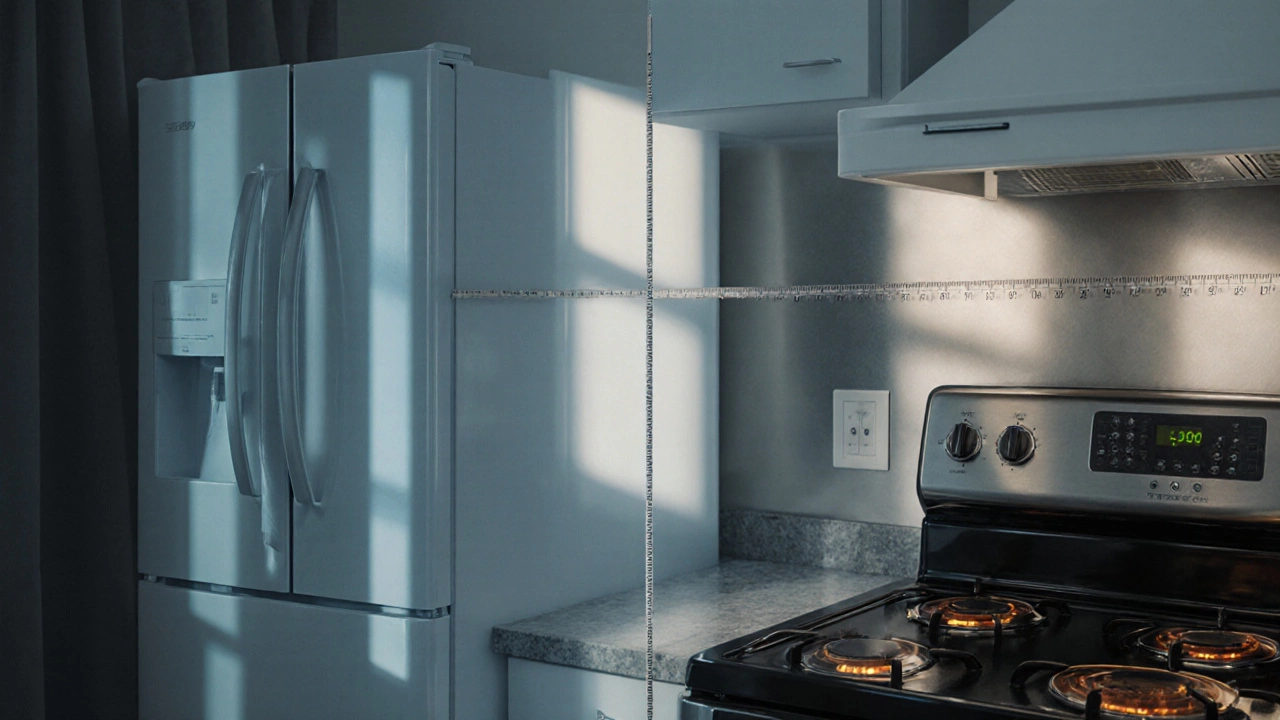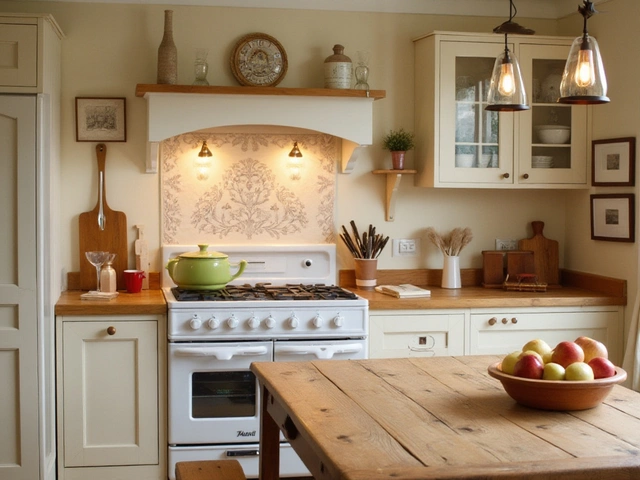Refrigerator Next to Stove
When dealing with refrigerator next to stove, the arrangement of a fridge right beside the cooking range. Also known as adjacent fridge‑cooktop layout, it affects everything from kitchen flow to fire safety. This setup ties closely to kitchen layout, the overall plan that determines where each zone lives, appliance safety, guidelines that keep heat, moisture and electrical risks apart and cooking workflow, the step‑by‑step process you follow while preparing meals. The central question is simple: does this pairing boost efficiency or create chaos? In practice, a fridge beside the stove can shave seconds off a prep run, but it also brings heat near food storage, which raises energy‑use concerns. Understanding the trade‑offs helps you decide if the combo fits your space, style, and safety standards.
Key Factors to Weigh Before You Commit
The first factor is heat exposure. A stove radiates heat that can raise the temperature of a nearby fridge, forcing the compressor to work harder. Studies from Australian kitchen designers show a 3‑5% rise in energy consumption when the fridge is within a foot of the burner. Next, think about workflow distance. The classic kitchen work triangle—fridge, sink, stove—aims for a short, logical path. Placing the fridge next to the stove shortens one side of that triangle, which many chefs love because ingredients are at arm’s reach. However, you lose the buffer zone that prevents steam and splatter from reaching the fridge door, which can lead to moisture damage. Finally, consider design aesthetics. Modern minimalist kitchens often hide appliances behind panels, making a side‑by‑side look sleek. Traditional homes may prefer a clear separation to preserve visual balance. Each of these entities—heat exposure, workflow distance, design aesthetics—interacts: better workflow can be offset by higher energy use, while strong aesthetics may justify added insulation solutions.
So, how do you make the most of a fridge‑stove pair without paying the price? Start with proper spacing: leave at least 12‑inches of clearance and use a heat‑shield panel if possible. Upgrade to an energy‑star fridge that tolerates mild temperature swings. Add a vent or extractor fan to pull hot air away from the fridge door. Arrange your countertop so that the prep zone sits between the two appliances, turning the heat source into a warm‑up station for sauces while keeping frozen items safe. For a sleek look, choose matching finishes—stainless steel or matte black—to turn the duo into a design statement rather than an eyesore. By addressing the three core entities—layout, safety, workflow—you turn a potential hazard into a functional advantage. Below you’ll find articles that dive deeper into each of these angles, from detailed safety checklists to creative layout ideas that keep your kitchen humming smoothly.






